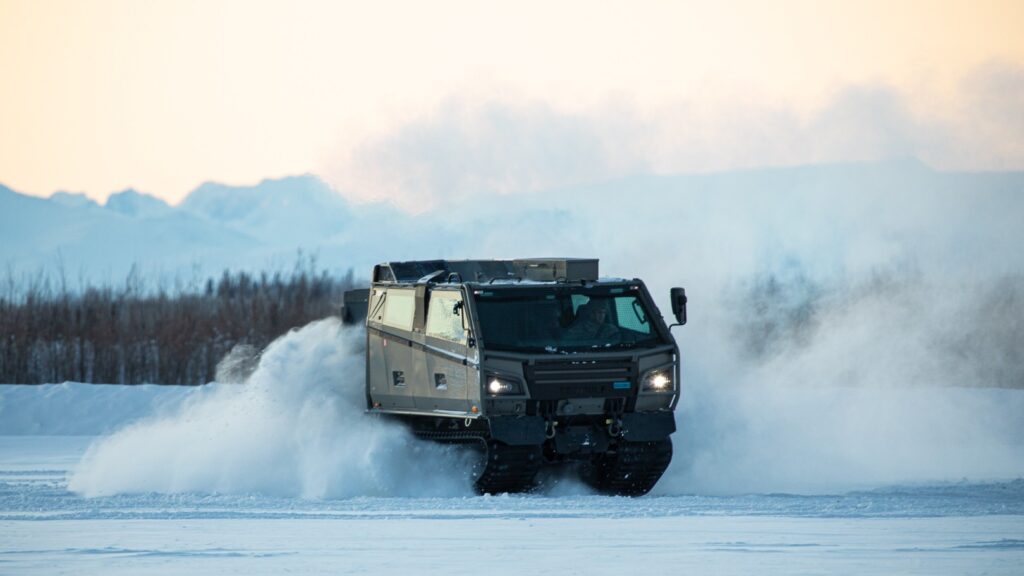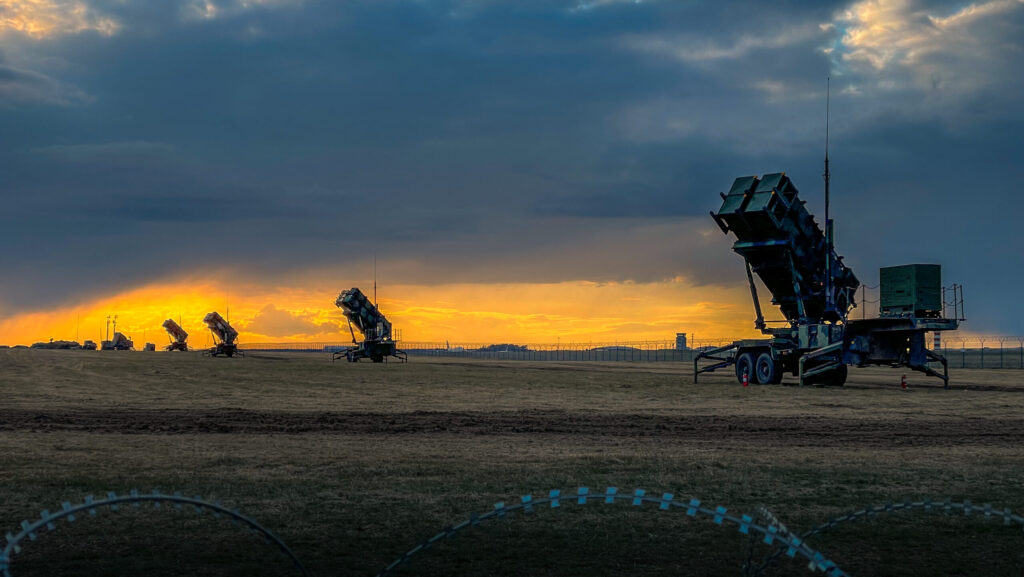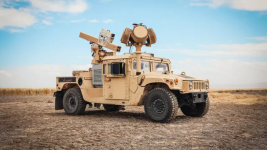Give me some indication that Canada is preparing for any security threats.
Note that the Government's priorities have not changed since 1945
Canada
North America
The North Atlantic
The World.
The Air Force got the memo a while ago.
It is difficult to discuss in good faith when you use oblique comments, but I will try.
The Canadian Armed Forces (CAF) and its constituent elements execute missions in accordance with the direction from the government. This is unremarkable in a democracy but also absolutely fundamental to having any understanding of why the CAF is set up a given way.
Strong Secure and Engaged with recent addition of True North Strong and Free are expressions of priorities. Sometimes priorities are not fully stated, and there can be times when a lower-priority task is getting all the attention because of the urgency of it.
Military force is one component of national policy, and this policy seeks to address goals as well as protect against threats. Those threats have two elements: capability to harm and intention to harm. Political science accepts that threat = capability x intention. If either is zero then the threat is zero.
Why do you think that the Canadian Army is in Europe? The CA's contribution to the NATO Enhanced Forward Presence (eFP) was the result of a government policy decision taken in concert with the other nations of NATO. That was the memo the CA received and understood. The expansion of the eFP announced in 2020 and recently implemented was also a government decision taken in concert with NATO allies. Our training mission in Ukraine as part of Op UNIFIER was also very much a government decision. This is all very normal and appropriate.
The eFP mission will continue to drive the Canadian Army's training and capability development over the coming years even though it falls under the third priority Engaged in the World. This is due to the threat. This does not mean that eFP is the only driver. Since prediction is hard there are other things that the CA prepares for including domestic operations, defence of North America and other places in the world other than Europe.
The RCAF followed by the RCN has the largest share of dealing with actual credible external threats to Canada and North America due to our geographical location. Even then, both the RCAF and RCN have had significant operational commitments to the Engaged in the World line of effort (Air Policing in Romania, SNMG, Op HORIZON in the Indo-Pacific etc). Regarding the defence of Canada and North America, the CA has IRU in each Division for DOMOPS, the Arctic Response Company Group (ARCG) capability in each Division as well as the Territorial Battle Groups (TBG) that can augment/relieve IRU units. The GRTF concept includes the Arctic mission set, and the CA has been conducting exercises/operations in the North for a long time. So its not all-or-nothing.
To the topic at hand, the defence of Canadian airports should continue to be a law enforcement responsibility. There will, no doubt, be cross-over of CUAS lessons between the CAF and law enforcement, and specific events (G8/G20 springs to mind) may call for Requests for Assistance of specific CAF capabilities. That does not mean that we should constitute Army Reserve units with the task of defending Canadian commercial airports against UAS.
Security of arctic FOLs is indeed an appropriate mission set for CA units that does get practiced, but even then the operating environment and potential threats are very different from Ukraine.
Anyhoo.





